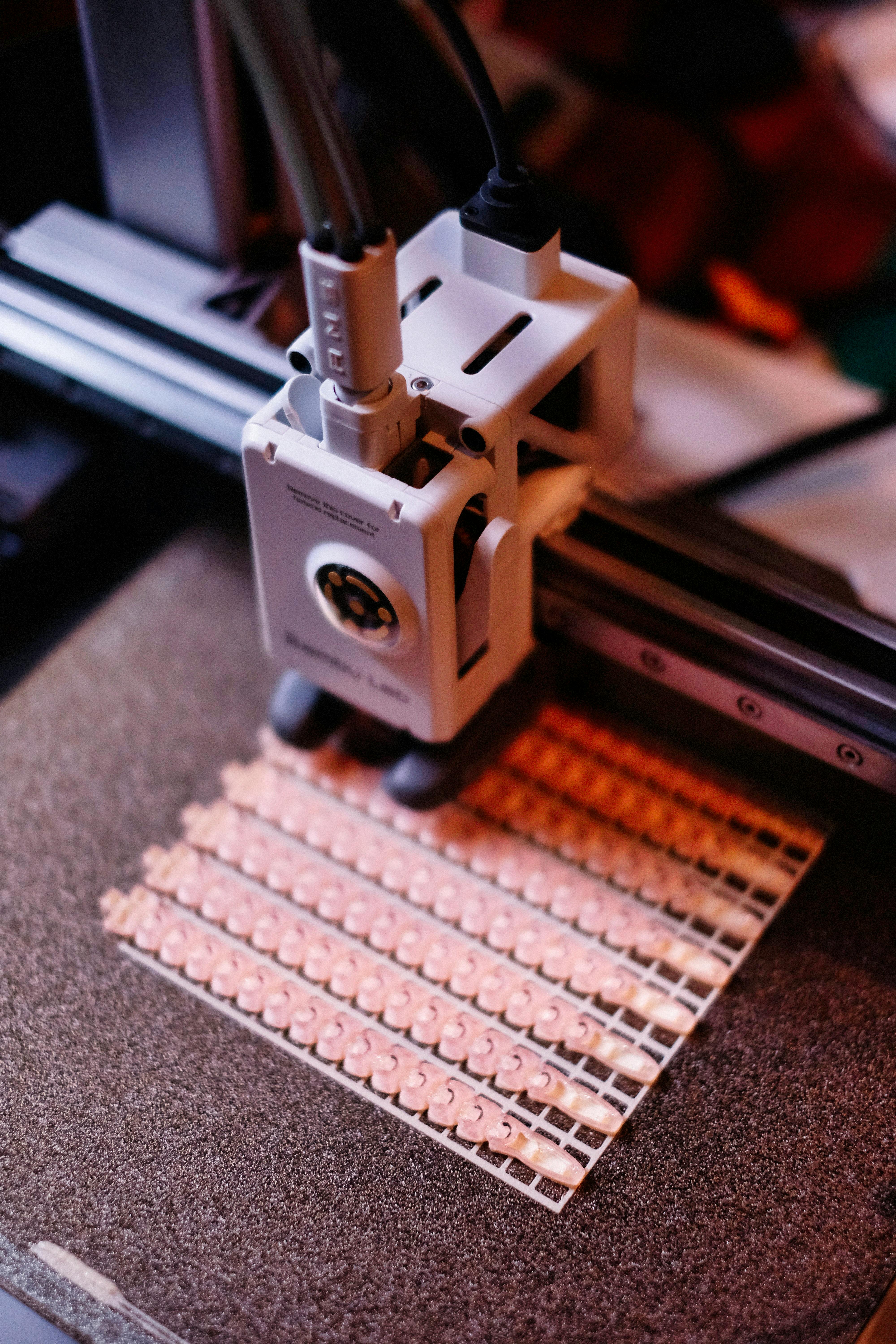The Avant-Garde Revival in Contemporary Dance
In the vibrant landscape of modern performing arts, a captivating renaissance is unfolding. Contemporary dance, long a bastion of innovation, is experiencing a radical transformation as choreographers and performers push the boundaries of movement, storytelling, and audience engagement. This avant-garde revival is redefining the very essence of dance, challenging conventional narratives, and forging new paths in artistic expression.

In the 1960s and 70s, the Judson Dance Theater further pushed the envelope, incorporating everyday movements and rejecting traditional dance techniques. This period saw the emergence of postmodern dance, which questioned the very definition of what constitutes dance performance.
The current revival draws inspiration from these historical movements while incorporating contemporary themes and technologies, creating a unique fusion of past and present.
Technology and Dance: A New Frontier
One of the most striking aspects of the contemporary avant-garde dance revival is its embrace of cutting-edge technology. Choreographers are increasingly incorporating virtual reality, motion capture, and interactive projections into their performances, blurring the lines between the physical and digital realms.
These technological innovations are not mere gimmicks but integral components of the artistic vision. They allow dancers to extend their movements beyond the limitations of the human body, creating otherworldly experiences for audiences.
Companies like Random International have gained international acclaim for their interactive installations that combine dance and technology. Their work Rain Room, where dancers perform in a downpour that parts around their bodies, exemplifies this fusion of art and science.
Breaking Down Barriers: Inclusivity in Avant-Garde Dance
The contemporary avant-garde movement in dance is also characterized by its commitment to inclusivity and diversity. Choreographers are actively challenging traditional notions of body types, abilities, and cultural backgrounds in dance.
Companies like Candoco Dance Company in the UK have been at the forefront of this movement, featuring disabled and non-disabled dancers performing together. Their work not only showcases incredible artistry but also challenges societal perceptions of ability and beauty in dance.
This push for inclusivity extends to the themes explored in avant-garde performances. Choreographers are tackling complex social issues, from climate change to racial justice, using the language of movement to convey powerful messages.
The Role of Space in Contemporary Avant-Garde Dance
Another significant aspect of the avant-garde revival is the reimagining of performance spaces. No longer confined to traditional theaters, dancers are taking their art to unconventional locations, from abandoned warehouses to public parks and even virtual spaces.
Site-specific performances have become increasingly popular, with choreographers creating works that respond directly to the environment. These performances often blur the line between audience and performer, creating immersive experiences that challenge traditional notions of spectatorship.
The pandemic has further accelerated this trend, with many dancers and companies exploring digital platforms as new performance spaces. Online performances, while born out of necessity, have opened up new possibilities for audience engagement and artistic expression.
The Future of Avant-Garde Dance
As we look to the future, the avant-garde revival in contemporary dance shows no signs of slowing down. If anything, it is gaining momentum, attracting new audiences and pushing the boundaries of what dance can be.
Emerging choreographers are experimenting with interdisciplinary approaches, combining dance with other art forms like visual arts, music, and even culinary experiences. This cross-pollination of ideas is leading to entirely new forms of artistic expression that defy easy categorization.
Moreover, the global nature of the current avant-garde movement is fostering unprecedented collaboration and exchange of ideas across cultures. Dancers and choreographers from different parts of the world are coming together, both physically and virtually, to create works that transcend national and cultural boundaries.
The avant-garde revival in contemporary dance is more than just a passing trend; it represents a fundamental shift in how we conceive of and experience dance. By challenging conventions, embracing technology, and prioritizing inclusivity, this movement is ensuring that dance remains a vital and relevant art form in the 21st century and beyond.
As audiences, we are privileged to witness this exciting evolution of dance. The avant-garde revival invites us to expand our perceptions, challenge our assumptions, and experience the power of human movement in entirely new ways. It is a testament to the enduring capacity of dance to innovate, inspire, and illuminate the human experience.





